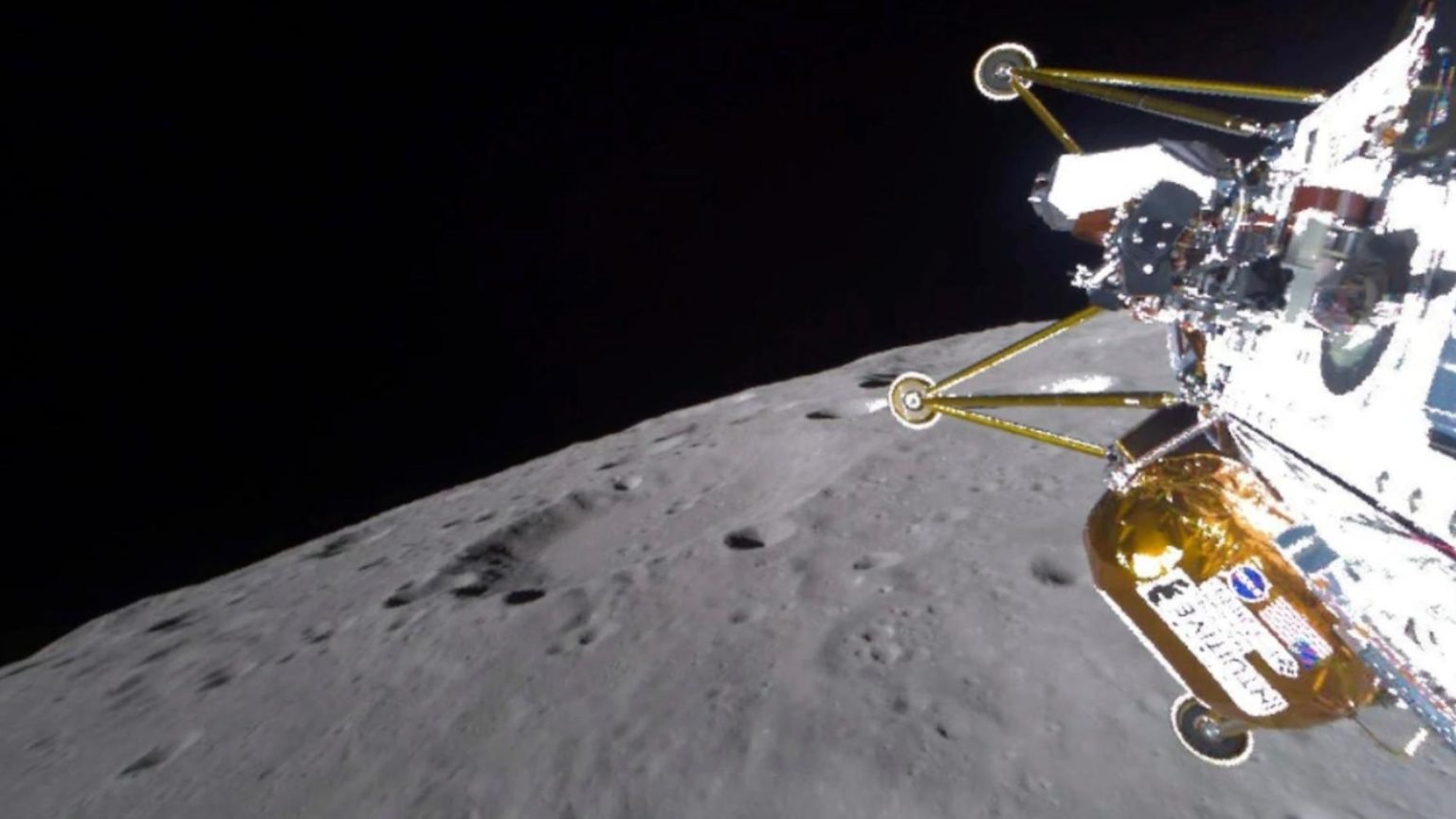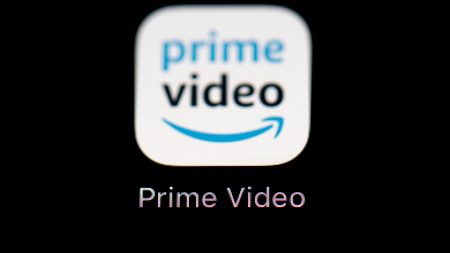1. The Expanding Frontier of Lunar Exploration
In recent years, the moon has reemerged as a focal point for space exploration, with private companies joining the quest to explore and understand our celestial neighbor. These endeavors represent a significant leap forward in space technology, driven by innovation and collaboration between public and private entities. While successes are celebrated, challenges remain, as evidenced by the recent mission of Intuitive Machines’ Athena lander, which met an untimely end near the moon’s south pole. This mission, though unsuccessful, underscores the complexity and risk inherent in space exploration, while also highlighting the resilience and determination of the teams involved.
2. Athena’s Mission and Its Challenges
Launched with high hopes, the Athena lander was slated to explore the moon’s south pole, a region of particular interest due to its potential for water ice, crucial for future human missions. The lander, equipped with an array of scientific instruments, aimed to conduct experiments that could provide valuable insights into the lunar environment. However, the mission encountered unforeseen difficulties. Following a trajectory that deviated from its intended path, Athena landed over 800 feet off target in a frigid crater. Despite efforts to activate its instruments, including an ice drill, drone, and rovers, communication was lost, and the mission was declared over. The extreme cold and unfavorable positioning of solar panels were cited as primary factors in the lander’s failure.
3. The Technology and Innovation Onboard
Athena’s payload was a testament to cutting-edge technology, designed to expand our understanding of the moon. The ice drill, for instance, was intended to uncover water ice, which could be vital for future human missions as a resource for life support and propulsion. The drone and rovers were meant to explore the lunar surface in unprecedented detail, providing data that could inform future exploration strategies. While the mission was cut short, the technology onboard represents significant advancements in robotics and space exploration, offering potential for future applications even as we learn from this setback.
4. Impact and Lessons Learned
The termination of Athena’s mission serves as a poignant reminder of the challenges faced in lunar exploration. The harsh environment, with its extreme temperatures and uneven terrain, poses significant hurdles for even the most advanced technologies. However, each mission, whether successful or not, contributes invaluable data and insights that can shape future endeavors. Intuitive Machines’ experience, including a previous mission that managed to operate longer despite a similar sideways landing, highlights the importance of persistence and adaptability in overcoming these challenges.
5. A Tale of Two Missions: Contrasting Outcomes
While Athena’s mission faced difficulties, another private company, Firefly Aerospace, achieved a significant milestone with the successful landing of its Blue Ghost lander in the moon’s far northern latitudes. This contrast in outcomes illustrates the competitive landscape of lunar exploration, where success and failure are often separated by fine margins. Firefly’s achievement not only demonstrates the viability of private-sector lunar exploration but also sets a benchmark for future missions, encouraging innovation and excellence. The proximity of these two events underscores the dynamic nature of space exploration and the rapid evolution of technology in the field.
6. Perseverance and the Future of Lunar Exploration
The story of Athena and Blue Ghost serves as a microcosm of the broader narrative in space exploration—a tale of perseverance, innovation, and the relentless pursuit of discovery. While setbacks are inevitable, they also fuel progress, offering lessons and motivation for the next generation of explorers and scientists. The involvement of private companies like Intuitive Machines and Firefly Aerospace injects fresh energy into lunar exploration, promising a future where both public and private sectors collaborate to achieve extraordinary feats. As we continue to push the boundaries of what is possible, each mission, successful or otherwise, brings us closer to a future where the moon is not just a destination, but a gateway to further exploration and understanding of our universe.














